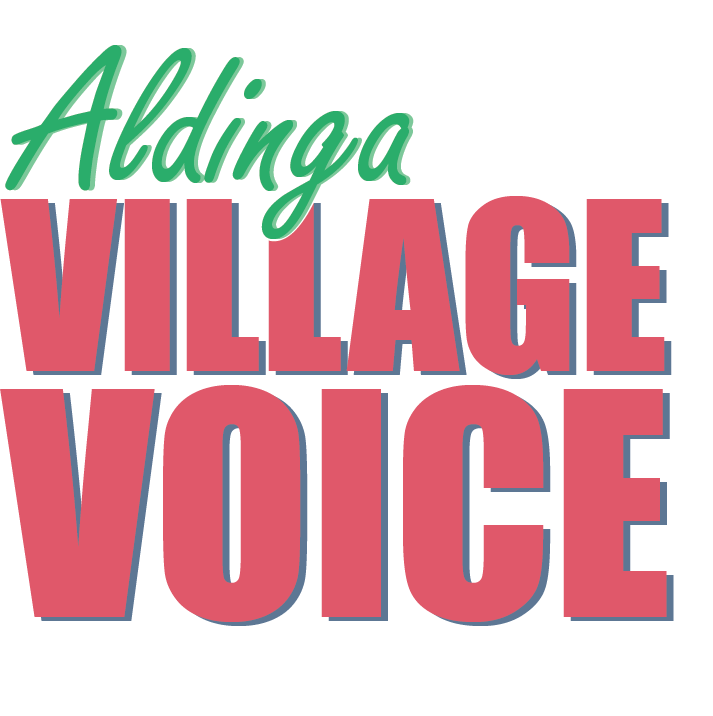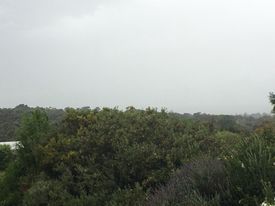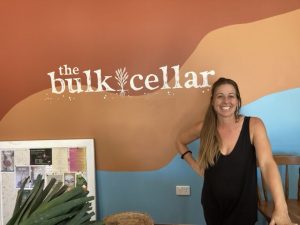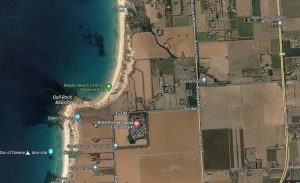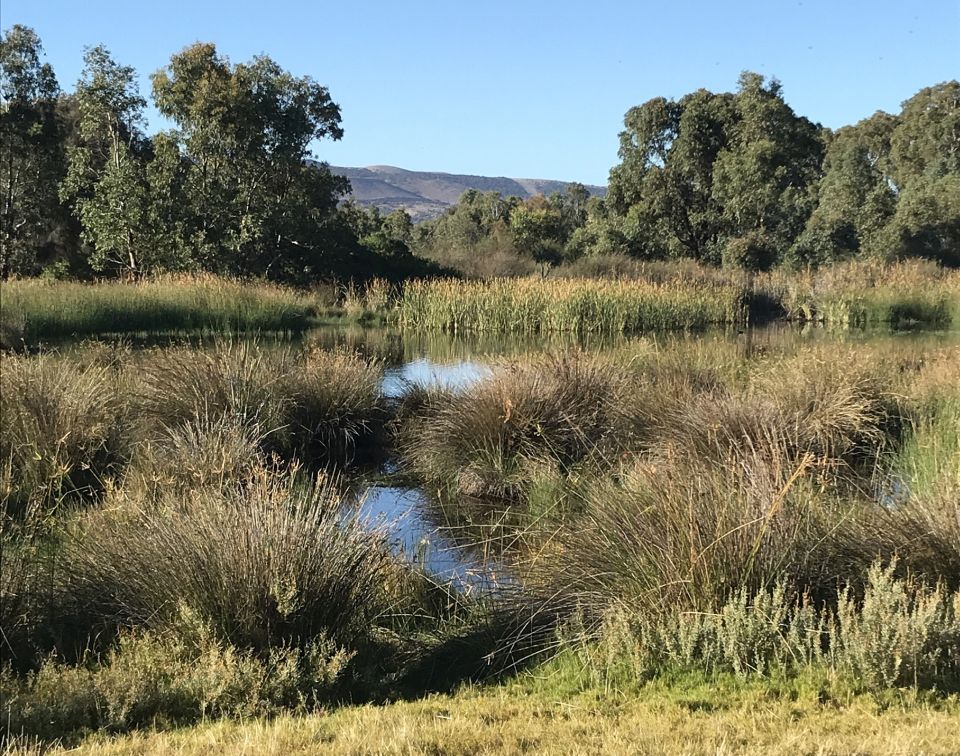
By Sally Shaw, Director, A Rocha Australia (SA), local resident
We all know that water is a precious resource for life on Earth. But we may not stop to think about just how rare freshwater is on Earth. Water covers just over 70% of our magnificent blue planet, but 97% is in the ocean and is too salty to drink and to use for irrigation.
So, just 3% of the Earth’s water is fresh. This water isn’t always easy to access, some is permanently frozen in icecaps and glaciers, or trapped in the air, clouds and soil. The majority of the freshwater found on Earth is actually groundwater.
What is groundwater?
Groundwater is water that is found beneath the surface of the Earth. It is found in aquifers, which are formations of rock, sand and gravel that can hold water underground. With this in mind, you can understand why the protection and sustainable use of groundwater plays an important role in Onkaparinga becoming more climate resilient.
The concept of groundwater recharge is becoming increasingly important around the world to better manage the water sustainably. Groundwater recharge means the process of water entering the groundwater system. This can occur either naturally when water from the Earth’s surface makes its way into an aquifer, or through human activity.
How is groundwater recharged in Onkaparinga?
It is recharged using the man-made Managed Aquifer Recharge (MAR) process that returns treated water from a creek or wetland to an aquifer to store for later use such as irrigation.
Onkaparinga has three MARs at Hart Road wetlands, Aldinga; Dalkeith Rd, Seaford; and Byards Rd, Reynella East. These wetlands are part of Onkaparinga’s extensive Water Assets.
Managed Aquifer Recharge improves water quality as the rock, sand and gravel in the aquifer provides natural water treatment. Storage underground reduces water loss through evaporation, protects the water from exposure to algae and pollutants, and is a cost-effective way to replenish over used aquifers.
Aquifers are sustainable ways to look after, hold and use groundwater sustainably. Man-made wetlands are key places where groundwater recharge is used.
These wetlands capture, treat and store water in underground aquifers. The wetlands allow the water to be stored, the aquifer to be recharged, and water can be recovered from the aquifer for a variety of uses.
Why are there more constructed wetlands today?
The construction of more wetlands across metropolitan Adelaide stems from the millennium drought (2001-2009). This water crisis prompted the exploration of alternative water sources – and wetlands were found to be the perfect way to filter stormwater and use water more sustainably. Man-made wetlands have now become part of better managing South Australia’s water supply.
Constructed wetlands are dug out at different levels to allow for varying depths of water, and they adopt the natural plants and flow of the area. In short, constructed wetlands are better for the environment.
Wetlands – natural or constructed – are the perfect way to improve water quality. Healthy wetlands, designed to encourage biodiversity, act as filtering systems, removing sediment, nutrients and pollutants from water.
Aldinga Washpool Lagoon – south
The Washpool is one of the last remaining coastal freshwater and estuarine lagoon systems. Recently the lagoon was formally proclaimed significant as part of the new 340 hectare Aldinga Conservation Park. The site is also considered of spiritual and cultural significance to the Kaurna people. Prior to European colonisation (before 1836), it was an important place for curing and drying possum skins by the Kaurna people. The lagoon is also a significant site as part of the Tjirbruki Dreaming Trail. It provides valuable habitat for at least 79 native species, including 3 bird species of national conservation significance afternoon stroll.
Hart Road Wetland – south
Hart Road Wetland was built in 2013 and covers an area of 17 hectares. It was constructed to harvest, treat and store rainfall and stormwater from the surrounding Aldinga Beach area. It is only 2 kilometres from the Aldinga foreshore in the suburb of Aldinga Beach. A Rocha Australia, an international conservation organisation, helps look after the wetland in partnership with the Council.
The Threat to Onkaparinga’s Precious Water
In spite of the importance of wetlands, the Onkaparinga Council is currently conducting consultation through Your Say to privatise its Water Assets. Their information contains a strong, though flawed, case for selling the Water Assets, but has made a poor case for retaining them.
The Council has allowed water from aquifers to become a highly engineered and human managed project with little or no concern for the local ecology and environment. The Council has failed to recognise and encourage the biodiversity that is restored as a result of these new wetlands. Their information states that they are concerned that these Water Assets are becoming financially unviable because the aquifers could run out of water as the climate changes and there is less rain.
But, as the climate warms the Council will be even more dependent on its Water Assets. There is little encouragement of the population, including farmers, to find ways to use less water and to preserve what we have.
Have Your Say
Council’s survey about the sale of its Water Assets closes on 13 July. Please link as follows: https://yoursay.onkaparinga.sa.gov.au
There is a community petition that can be signed at: https://www.facebook.com/groups/2156276044548601/permalink/2156976711145201
Photos supplied by the Author
More info: Home – Australia | A RochaAustralia | A Rocha

